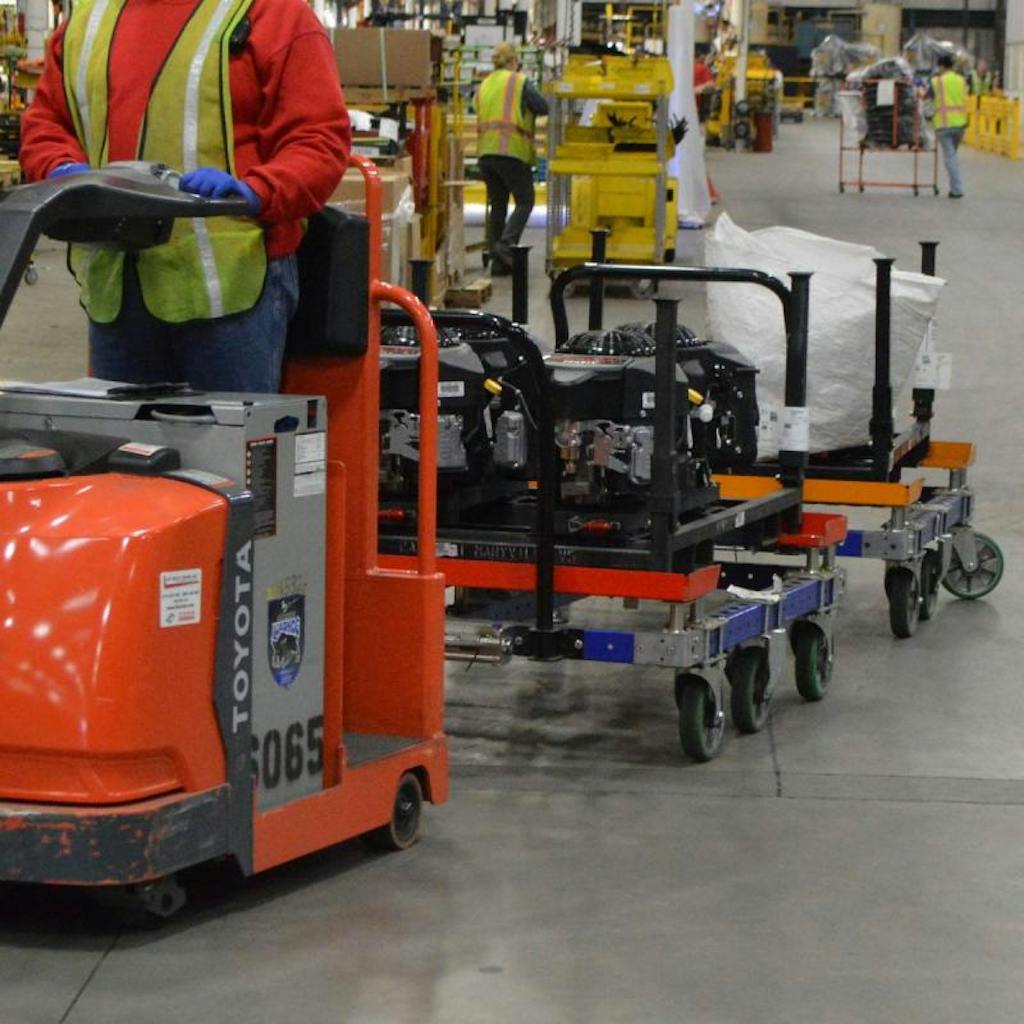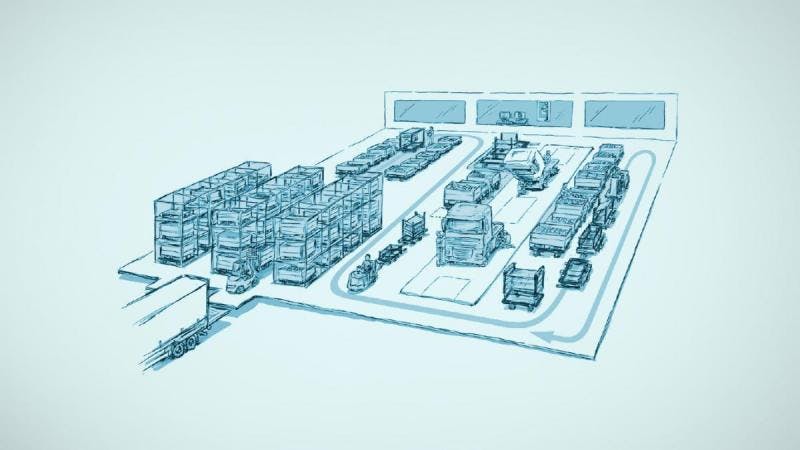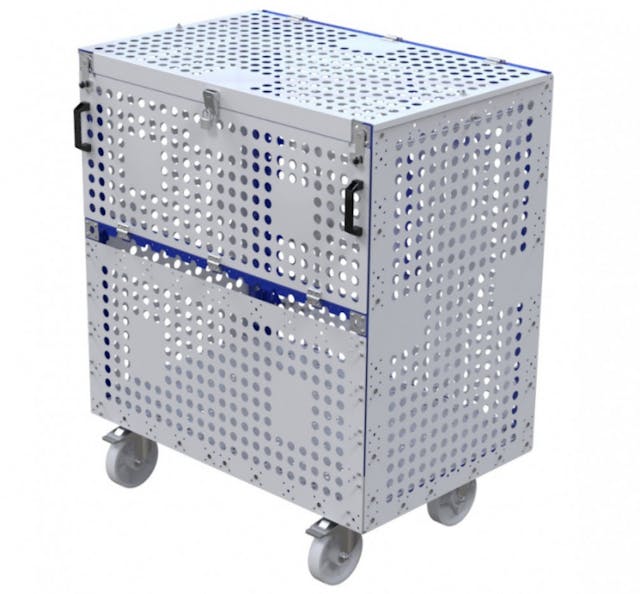3 Tips on How to Improve Ergonomics in Material Handling

Last Modified: 11/02/2020
Material handling tasks are responsible for several musculoskeletal disorder cases in the US every year.
Since material handling tasks often include transporting heavy loads, it’s essential to create ergonomic material handling for the operators on the shop floor to decrease the occurrence of injuries. Experts recommend designing the job to fit the employee or merely adopting ergonomics in the workplace, like having a suitable cart design. Here are three tips on how to do so.
1. Look for easier ways on how to perform material handling
A report from the NIOSH suggested steps on how to create a more ergonomic material handling. This includes improving work processes to reduce injury and promote productivity. The work processes that have a lot of room for improvement include:
- Manually lifting, lowering, filling, or emptying containers
- Manually carrying containers
- Manual handling of individual containers
Both the employees and management can play a role in reducing the risk involved in the processes mentioned above. The management can acquire equipment that minimizes manual lifting and material handling. Examples of ergonomic equipment include rotating carts, tilt carts, and custom kit carts.
On the other hand, employees can reduce risk by strictly following guidelines on carrying loads for long distances, such as utilizing the appropriate equipment and decreasing load weight.
2. Establish work habits that lower the risk of injury
The management can also implement policies that will improve the work habits of employees.
- Job rotation is the organized interchange of employees between jobs. They are required to shift between different jobs or workstations at specific time intervals. The variety of tasks increases as the employee performs more duties.
- The management should also ensure that the employees are trained on proper lifting and material handling techniques. Every decision made by employees during their work will take a toll on their bodies. They should be well-educated on ergonomics.
3. Make sure that the work area is ergonomically designed

Improving the design of the work area is the preferred method of lowering the risk for injury. The layout and organization make it possible for materials to be handled without needing to bend, twist or stretch excessively. The management should take note of the following once they decide to incorporate ergonomics in the layout of the work area:
All materials should be at work level.
All elements at the workplace should be adjustable. For instance, the workbench should have an adjustable height and tilt to improve the employee’s working position.
There should be enough space to turn around to avoid twisting the body.
Adjustable suspenders or support should be available when operating heavy tools. This decreases muscular effort and pressure exerted on the back.
Select bins that have a side opening to decrease bending.
When storing materials:
- Place them at a convenient height.
- The lowest shelf should be left unused as much as possible.
- Utilize vertically mobile storage spaces to prevent overhead reaching and bending.
- Small items should be stored in bin racks.
- Regularly used heavy materials should be stored at waist level, not at floor level.
- Acquire elevating platforms to prevent the employee from reaching above their head.
An ounce of prevention is better than a pound of cure
Ergonomics in material handling focuses on the prevention, not treatment, of work-related injuries. It aims to eliminate fatigue and discomfort before the employee experiences a painful musculoskeletal disorder. Follow the tips above religiously. You’ll see that both the company and the employee will enjoy huge benefits. Improved efficiency, productivity, and profit: What more can you ask for?




